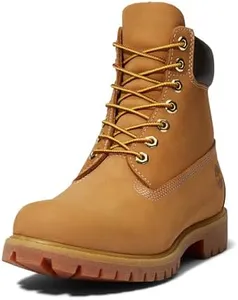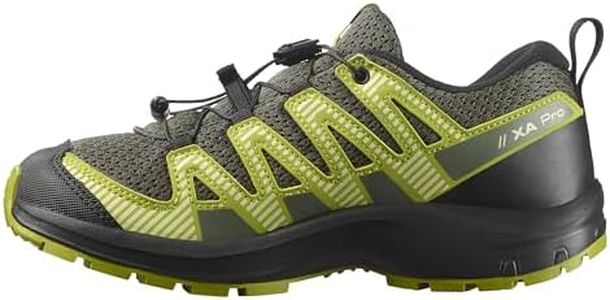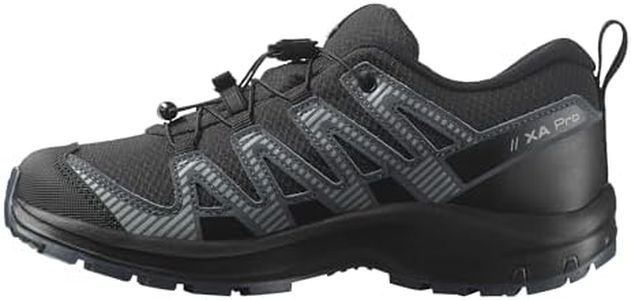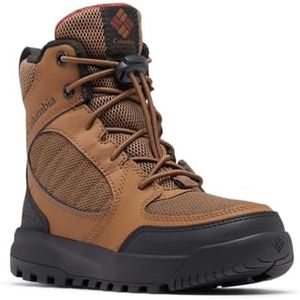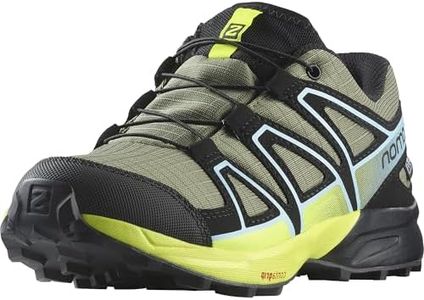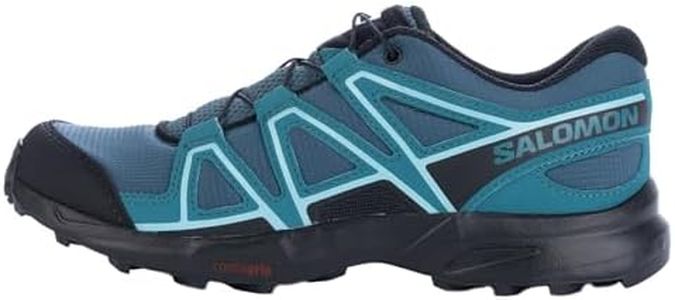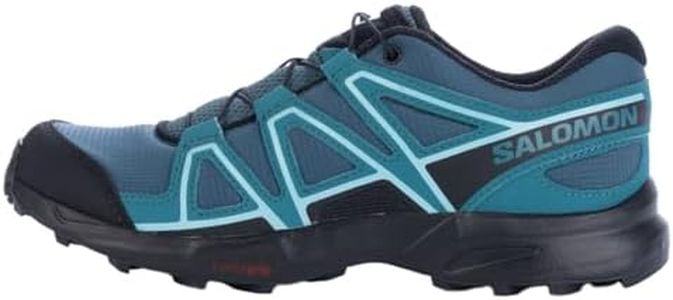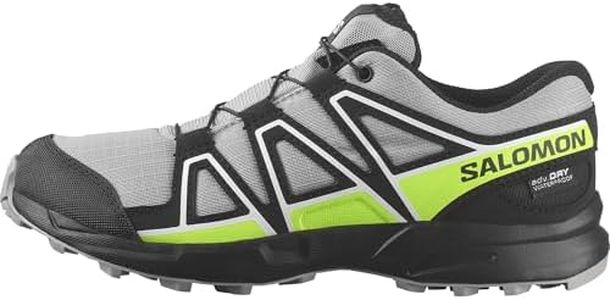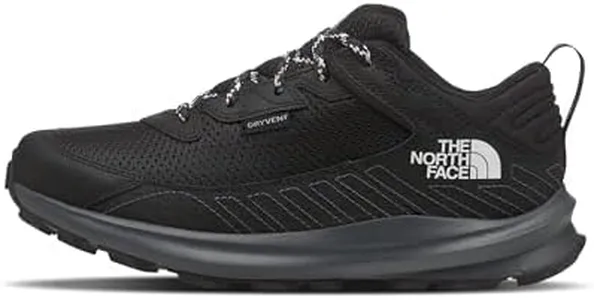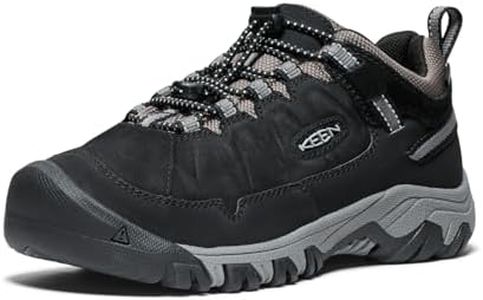We Use CookiesWe use cookies to enhance the security, performance,
functionality and for analytical and promotional activities. By continuing to browse this site you
are agreeing to our privacy policy
10 Best Hiking Shoes For Children
From leading brands and best sellers available on the web.Buying Guide for the Best Hiking Shoes For Children
Choosing hiking shoes for children is all about ensuring comfort, safety, and support for their developing feet while they explore the outdoors. The right pair of hiking shoes helps prevent injuries, keeps their feet dry and comfortable, and encourages them to enjoy nature. To pick the most suitable shoes, focus on the main features that affect durability, comfort, protection, and ease of use.Fit and SizingFit refers to how well the shoe conforms to your child's foot, which is crucial because children's feet are still growing and are more prone to blisters and discomfort. A good fit should provide enough space for toes to wiggle but not so loose that the foot slips inside the shoe, which can lead to instability. When evaluating size, ensure there is a thumb’s width between the longest toe and the end of the shoe. Remember that kids' feet grow quickly, but buying a shoe that's too big can cause tripping; aiming for a snug but comfortable fit is always optimal.
Traction and OutsoleTraction is the grip that the shoe provides, which is especially important for hiking on various surfaces like dirt, rocks, or slippery trails. The outsole is the bottom part of the shoe, often made from rubber and designed with lugs or patterns. Shoes with aggressive, deeper lugs grip better on muddy or uneven terrain, while shallow patterns are fine for mild, well-groomed paths. If your child will be hiking on different or challenging surfaces, go for shoes with sturdy, deep-lug outsoles; for lighter, park-like trails, less aggressive tread will work.
Water ResistanceWater resistance helps keep feet dry in wet grass, puddles, or unexpected rain. Hiking shoes may come as water-resistant or waterproof. Water-resistant shoes offer some protection from splashes and light moisture but will not keep feet dry in heavy rain or stream crossings. Waterproof versions have membranes that block water, but may be less breathable. If most hikes will be near water or in rainy climates, focus on waterproof options, while for dry regions, water resistance is often enough and may be more comfortable in warmer weather.
Support and CushioningSupport means how the shoe stabilizes the foot and ankle, and cushioning is about the padding underfoot for comfort. Hiking shoes offer varying levels of ankle coverage—low, mid, or high. High-cut shoes add ankle support, which can help prevent sprains on rocky or uneven trails, while low-cut shoes allow more flexibility and lighter weight. Cushioning in the midsole absorbs shock as kids run and jump. If your child is active or will carry a backpack, more support and shock absorption are good; for gentle walks, a lighter, lower shoe might be just right.
BreathabilityBreathability refers to how well the material allows air to flow in and heat or sweat to escape, keeping feet cool and reducing moisture inside the shoe. Shoes with mesh panels or lighter materials are more breathable, making them suitable for warm-weather hikes and preventing blisters caused by sweaty feet. If you hike mainly in hot, dry areas, prioritize breathability; for cold or wet weather, it’s less of a priority compared to water protection.
Ease of Use (Closures)Ease of use includes how simply the shoes can be put on or taken off, which matters for children who want independence. Choices include traditional laces, Velcro straps, or quick-pull laces. Velcro and quick-pull systems are easier for younger kids or those not yet comfortable tying knots, while older children may do just fine with standard laces. Pick a closure that matches your child's age and skill to avoid frustration and ensure the shoes stay securely on their feet.
